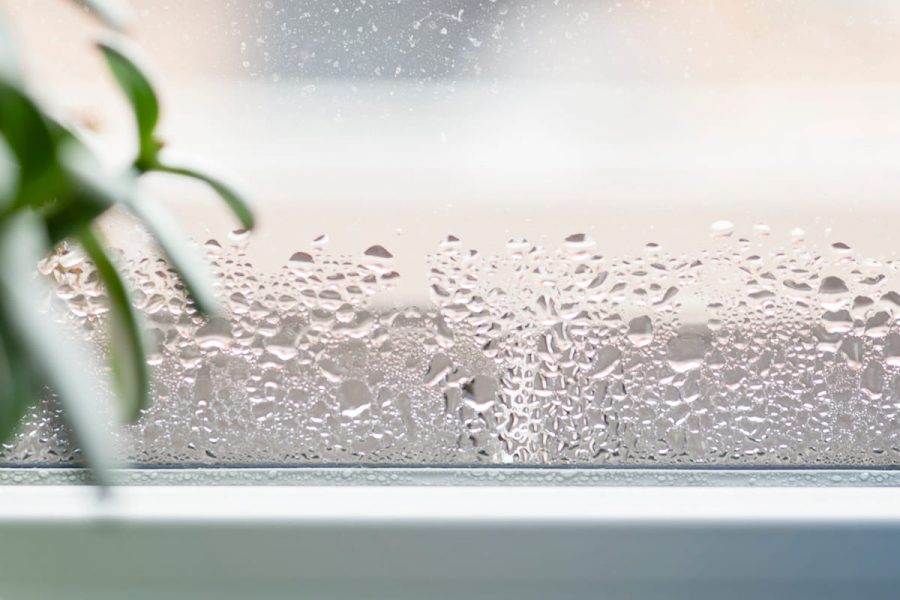What can cause damp and condensation in your house
- Lack of adequate heating and/or ventilation.
- Water coming in from the outside through leakage, seepage.
- Rising damp – dampness from the ground rising up into the building fabric.
- High levels of moisture/water vapour being produced inside the house.
Who is responsible
It’s the landlord’s the responsibility to identify the underlying causes of the damp and mould. If it’s due to water ingress, leaks or disrepair, it is the landlord’s responsibility to fix this. For instance, misaligned downpipes, water bridging the damp proof course, blocked guttering and leaking waste pipes.
However, tenants’ responsibilities for keeping the property in a “tenant like manner” extend to reducing condensation and cleaning mould off walls. Below are 11 practical tips for tenants to reduce condensation and mould.
Why it is important to keep a house dry as well as warm
Mould and other fungi can grow in damp homes, particularly in areas where there is restricted ventilation, such as inside cupboards and wardrobes.
11 Tips to reduce condensation and mould
- Heating the property adequately, which means over 15 deg. C.
- Allowing the walls to breathe by keeping furniture at least 10cm away from the walls.
- Wiping away the condensation from windows and open bedroom windows for at least 10 minutes every morning.
- Not drying clothes in bedrooms and never on radiators. Tumble dryers should be vented to the outside or condensing ones. If you are unable to dry clothes outside, the best choice is to use an using an airer over the bath with the door shut, the window open and the heating on. We strongly recommend using a dehumidifier when drying cloths indoors.
- Cleaning mould away with anti-mould products if it re-appears, and keeping a close eye for mould in problem areas like bathrooms, kitchens, bedrooms, wardrobes.
- Checking for mould regularly behind furniture, and on the tops of skirting boards and on outside walls.
- Covering saucepans with lids when cooking, and using the extractor fan.
- Putting the extractor fan on when having a bath or shower, opening the window for at least 10 minutes after finishing, and closing the bathroom door behind so the moisture doesn’t spread to the rest of the property.
- Telling the landlord or letting agent if mould appears or if they are unsure sure what you need to do.
- Reporting any leaks, damaged sealant or damp patches promptly.
- Consider purchasing a dehumidifier and allowing it to run particularly when drying clothes. A dehumidifier is a relatively inexpensive and easy way to maintain moisture levels in a room. You can set humidity levels and it will automatically run when the humidity level is exceeded.

